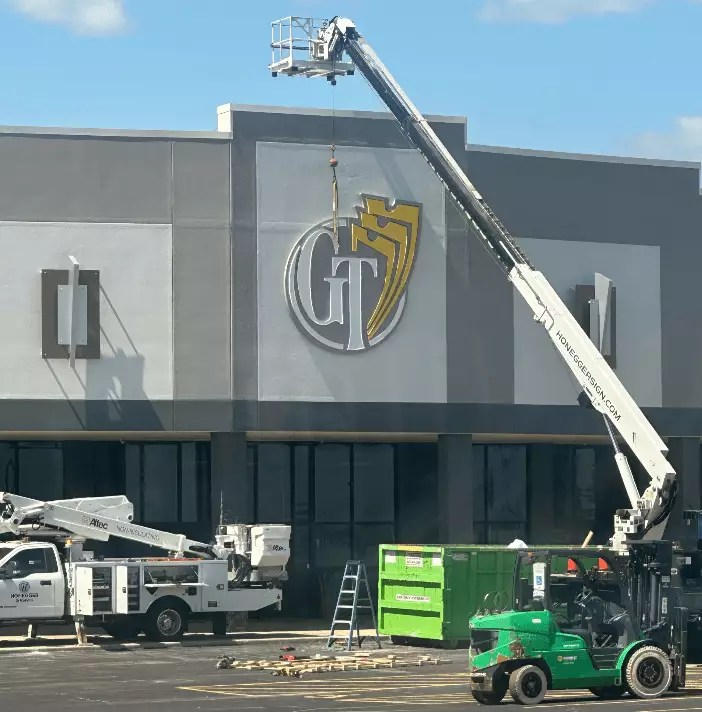Despite the substantial investments pouring into North American cinemas—over $1.5 billion in just twelve months—one must question whether this financial optimism truly heralds a revitalization or masks deeper industry vulnerabilities. The narrative seems driven by a desire to present theaters as thriving community anchors, yet beneath the shiny new digital projectors and sprawling multi-activity complexes lies a business struggling to adapt to seismic cultural shifts. These investments, while significant, risk being short-term bandages on a wound that was caused much earlier by cord-cutting, streaming dominance, and changing consumer preferences.
Moreover, privileging the large chains like Regal and AMC fits neatly into a nostalgic view of industry renewal, but ignores the silent erosion of independent venues and the broader social trends that threaten small-town cinemas. Are these multi-million dollar refurbishments a sustainable reinvention, or merely a public relations stunt to placate investors and local communities? The truth is that big-money upgrades can’t cure the core problem: cinemas are no longer paramount for entertainment, especially among younger generations whose habits are shaped by digital platforms and at-home experiences.
Financial Overinvestment or Industry Optimism?
The reported figure of more than $920 million from the eight largest chains indicates a considerable capital influx. The investment in premium experiences—dining, gaming, lounges—represents a strategic shift intended to position cinemas as lifestyle destinations rather than mere venues for film viewing. Yet this reimagining raises questions about the actual return on these hyper-ambitious projects. Are multiplexes evolving into entertainment complexes, or are they diluting their core identity as film theaters?
Investments are driven by a misplaced hope that theaters can replicate the allure of other challenged yet thriving segments. For example, spending $150,000 to $750,000 on a kitchen or installing full-service bars assumes that food-and-beverage sales will significantly offset declining ticket sales—a risky gamble considering that dine-in revenue currently makes up only about 10% of North American box office income. The overemphasis on diversifying revenue streams might divert funds from essential modernization efforts that genuinely enhance moviegoing experiences. If audiences continue to prefer on-demand, digital content from the comfort of their homes, then these costly adaptations may be little more than vanity projects rather than strategic salvation.
Community, but at What Cost?
While proponents emphasize theaters’ vital role in local economies and communities, it’s essential to scrutinize whether these investments truly benefit the broader public or primarily serve corporate interests. The narrative that cinema renovations generate jobs and invigorate small towns is appealing but somewhat superficial when pondering the long-term sustainability of such expenditures. Are these upgrades addressing the root causes of declining attendance, or are they merely chasing fleeting trends of premium experiences that might soon become obsolete?
Large chains like Regal and AMC are pouring hundreds of millions into ensure their dominance; however, the industry’s future seems precarious in the face of digital disruptors. Smaller theaters, despite their community importance, struggle to compete with the allure of streaming, high-quality home audio, and flexible scheduling. The focus on multimillion-dollar entertainment centers with arcade games and axe throwing may attract short-lived buzz but ultimately distract from the fundamental challenge: how to make theaters relevant in a cultural landscape that values immediacy, personalization, and convenience.
The Illusion of Industry Resilience
Perhaps most problematic is the unquestioned optimism permeating the industry’s narrative. Statements from CEOs like Michael O’Leary and Regal’s Eduardo Acuna paint a picture of renewal and community uplift. Yet, these claims often gloss over the hard truths: how many theaters will survive beyond the next decade? How do these investments translate into increased attendance and sustained profitability?
The reality is that even with investments into digital upgrades and luxurious amenities, the industry remains vulnerable to societal shifts. The pandemic-induced disruptions have only accelerated the decline of traditional cinema attendance, and whether these costly renovations will foster a genuine revival or become white elephants remains to be seen. The core issue is a cultural one—cinemas face a crisis of relevance that investments alone cannot solve.
The current wave of expenditure on theaters reflects industry desperation rather than assured innovation. While the reinvestment into cinemas demonstrates resilience and community dedication, it also underscores a fundamental misunderstanding of changing entertainment habits. Without addressing the core cultural and technological shifts, these investments may resemble expensive monuments to a bygone era rather than the foundation of a sustainable future.


Leave a Reply